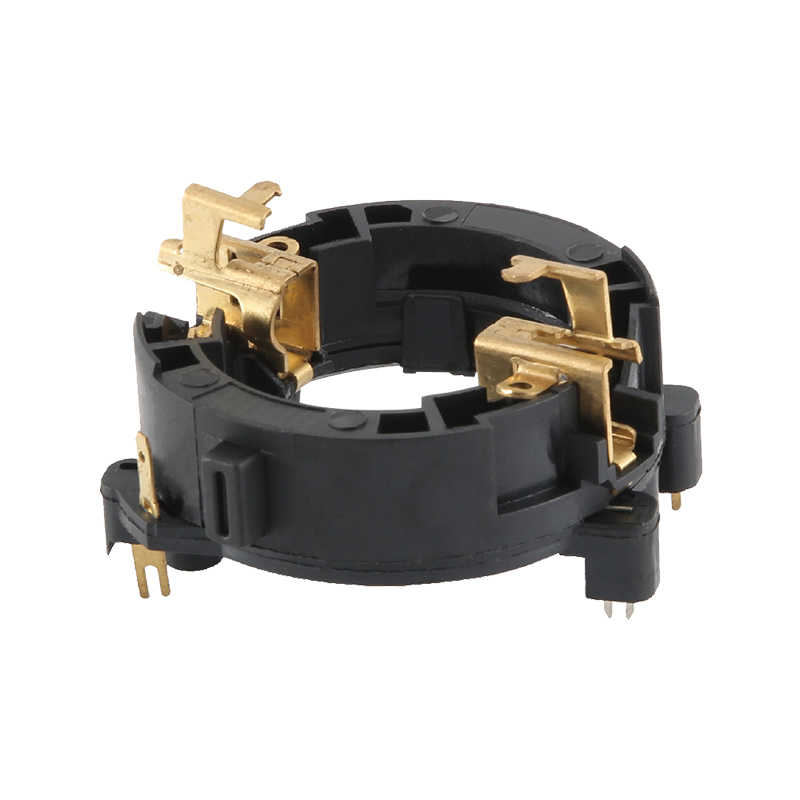- Home
- Products
- About Us
- Application
- News
- Contact Us
Web Menu
- Home
- Products
- About Us
- Application
- News
- Contact Us
Product Search
Exit Menu
How Do Stators Handle High Load and Heat?

Stators are critical components in power tools, responsible for generating the magnetic field that enables the motor to operate efficiently. During heavy-duty tasks, power tools often operate under high load, which can generate significant heat. Understanding how stators handle these conditions is essential for both manufacturers and users to ensure durability and performance.
1. Material Selection
The materials used in stators play a major role in heat resistance and load handling. High-quality stator cores are typically made from laminated steel, which reduces energy loss and minimizes heat generation. The windings are usually insulated with heat-resistant materials that can tolerate prolonged exposure to elevated temperatures. By selecting suitable metals and insulating materials, manufacturers ensure that stators can operate under heavy load without performance degradation.
2. Efficient Design of Windings
Stator windings are carefully designed to handle electrical current efficiently. Proper winding configuration reduces resistance, which in turn minimizes heat buildup. High-quality copper wire is commonly used due to its excellent conductivity. Some stators feature multiple layers of windings, spaced strategically to allow airflow and heat dissipation. Thoughtful winding design helps prevent overheating while maintaining consistent motor output under high load conditions.
3. Heat Dissipation Techniques
Managing heat is crucial for stator longevity. Many stators incorporate cooling features such as ventilated cores or slots that allow air to circulate around the windings. In some power tools, additional cooling fans or heat sinks are used to draw heat away from the stator. High load operation naturally produces more heat, so these cooling strategies are essential to maintain safe operating temperatures and prevent thermal damage.
4. Insulation and Thermal Protection
Thermal protection is another critical aspect of stator design. Heat-resistant insulation materials prevent the windings from short-circuiting or degrading under high temperatures. Some power tools include thermal sensors or automatic shutdown mechanisms that shut down operation if the stator temperature exceeds safe limits. This combination of insulation and protection ensures that the stator can handle demanding tasks without failure.
5. Quality Control and Testing
Stators undergo rigorous testing to verify their performance under load and heat conditions. Manufacturers simulate extended high-load operation to measure temperature rise, electrical efficiency, and magnetic performance. High-quality stators are evaluated for heat tolerance, vibration resistance, and mechanical stability. This testing ensures that the final product can withstand real-world usage in power tools without overheating or losing efficiency.
6. Maintenance Considerations
While stators are designed to handle heat and load, proper maintenance is important for long-term performance. Users should avoid prolonged overload, ensure adequate ventilation, and clean dust or debris that may block cooling pathways. Following recommended operating procedures helps prevent excessive heat accumulation, protecting the stator and extending the life of the power tool.
Stators in power tools manage high load and heat through careful material selection, efficient winding design, heat dissipation features, insulation, and thermal protection. Combined with rigorous testing and proper maintenance, these measures ensure that stators perform reliably under demanding conditions. By understanding how stators cope with electrical and thermal stress, manufacturers can produce durable motors, and users can operate their power tools safely and effectively.
-
Add: 1st Floor, No. 2, Huanan Road, Zhengcun, Economic Development Zone, Yongkang City, Zhejiang Province, China
-
Tel: +86-0579-87133113
-
E-mail: [email protected]

 English
English русский
русский Español
Español